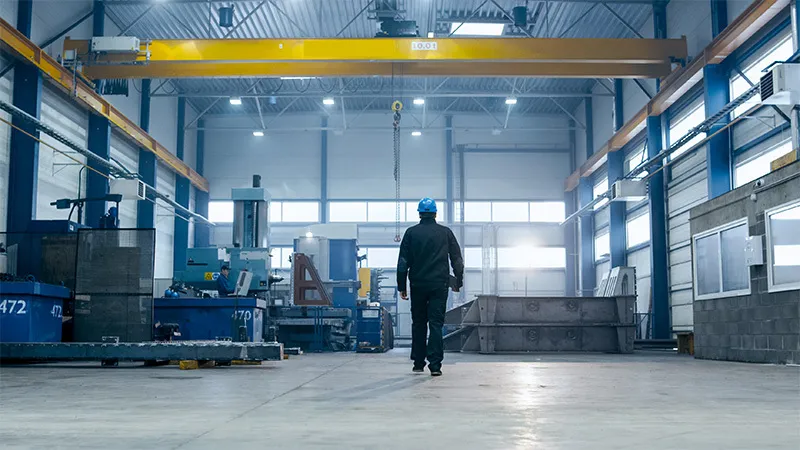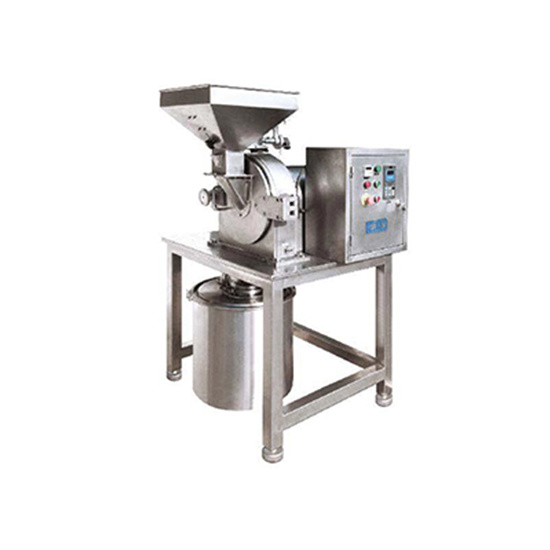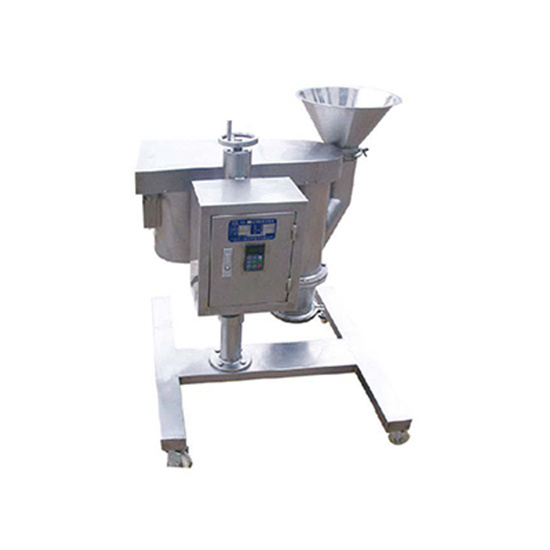NEWS
Unlocking Efficiency: How a Pulverizer Machine Transforms Material Processing
Nov 02,2025
Unlocking Efficiency: How a Pulverizer Machine Transforms Material Processing
Table of Contents
- 1. Introduction to Pulverizer Machines
- 2. What is a Pulverizer Machine?
- 3. Types of Pulverizer Machines
- 4. How Does a Pulverizer Machine Work?
- 5. Applications of Pulverizer Machines
- 6. Benefits of Using Pulverizer Machines
- 7. Maintenance Tips for Pulverizer Machines
- 8. The Future of Pulverizer Machines in Manufacturing
- 9. FAQs about Pulverizer Machines
- 10. Conclusion
1. Introduction to Pulverizer Machines
In the complex world of manufacturing, efficiency is paramount. Businesses are constantly seeking innovative solutions to enhance productivity and minimize costs. One such solution is the **pulverizer machine**, a critical piece of equipment that transforms raw materials into finer particles, thus improving processes across various industries. In this article, we will explore how pulverizer machines revolutionize material processing, enabling companies to achieve greater efficiency and effectiveness.
2. What is a Pulverizer Machine?
A pulverizer machine is a mechanical device designed to grind, crush, or pulverize materials into smaller particles. This transformation is crucial in numerous industries, including construction, pharmaceuticals, and food processing. The purpose of a pulverizer is to break down raw materials into a specific size to facilitate further processing or enhance usability.
2.1 Key Components of a Pulverizer Machine
Understanding the components of a pulverizer machine is essential for grasping its functionality. Here are the primary elements:
- **Feeding Unit**: Introduces raw materials into the machine.
- **Crushing Chamber**: Houses the grinding mechanism where the actual size reduction occurs.
- **Discharge Unit**: Transfers the pulverized material for further processing or packaging.
- **Drive Motor**: Powers the machine and its components.
3. Types of Pulverizer Machines
Several types of pulverizer machines are available, each suited to specific materials and applications. Understanding the different types can help industries choose the right machine for their needs.
3.1 Mechanical Pulverizers
Mechanical pulverizers utilize mechanical means to crush materials. They commonly include:
- **Hammer Mills**: Use rotating hammers to shred materials into fine particles.
- **Roller Mills**: Utilize cylindrical rollers to crush and pulverize materials.
3.2 Thermal Pulverizers
Thermal pulverizers employ heat to assist in the material processing. Common types include:
- **Flash Dryers**: Use hot air to dry and pulverize materials simultaneously.
- **Steam Jet Mills**: Employ high-pressure steam to create particle size reduction.
4. How Does a Pulverizer Machine Work?
The operation of a pulverizer machine involves several stages. Initially, raw materials are fed into the machine, where they encounter the grinding mechanism. Depending on the type of pulverizer, this might involve impact, shear, or compression forces to reduce particle size.
Once the materials reach the desired fineness, they are automatically discharged from the machine. The efficiency of this process is critical, as it directly impacts production rates and quality.
5. Applications of Pulverizer Machines
Pulverizer machines find applications in a wide range of industries, each benefiting from their unique abilities to process materials effectively.
5.1 Construction Industry
In construction, pulverizers are used to grind concrete and asphalt, enabling recycling and reuse of materials. This not only reduces waste but also lowers costs.
5.2 Pharmaceutical Industry
The pharmaceutical sector relies on pulverizers to create fine powders required for drug formulations. Consistency in particle size is vital for effective dosing.
5.3 Food Processing
In food processing, pulverizers are used to create fine powders from grains, spices, and other food materials, enhancing the flavor and texture of products.
5.4 Mining and Minerals Processing
Pulverizers play a key role in the mining industry by crushing and grinding ores, making it easier to extract valuable minerals.
6. Benefits of Using Pulverizer Machines
Implementing pulverizer machines in your operations offers numerous advantages that can enhance efficiency and productivity.
6.1 Improved Material Handling
Pulverizers break down materials into manageable sizes, making them easier to transport and handle.
6.2 Increased Efficiency
By reducing particle size, pulverizers accelerate downstream processing, leading to shorter production times.
6.3 Cost Savings
Recycling materials through pulverization can lead to significant cost savings by minimizing waste and reducing the need for raw material procurement.
6.4 Enhanced Quality Control
Pulverizers allow for precise control over particle size, ensuring that end products meet specific quality standards.
7. Maintenance Tips for Pulverizer Machines
To ensure optimal performance and longevity of pulverizer machines, regular maintenance is essential. Here are a few key tips:
7.1 Regular Inspections
Routine inspections can help identify wear and tear before they lead to major breakdowns.
7.2 Lubrication
Proper lubrication of moving parts is crucial to minimize friction and prevent overheating.
7.3 Cleaning
Keeping the machine clean can prevent contamination and ensure consistent product quality.
7.4 Replacement of Worn Parts
Timely replacement of worn components can prevent costly downtimes and maintain efficiency.
8. The Future of Pulverizer Machines in Manufacturing
As industries continue to evolve, the role of pulverizer machines is becoming increasingly significant. Innovations in technology, such as automation and smart systems, are paving the way for more efficient and intelligent pulverizer designs. The future promises to enhance not only the operational efficiency of pulverizers but also their adaptability to various materials and processes.
9. FAQs about Pulverizer Machines
9.1 What materials can be processed by pulverizer machines?
Pulverizer machines can process a variety of materials, including plastics, metals, food products, and minerals.
9.2 How do I choose the right pulverizer for my application?
Consider factors like material type, desired particle size, and production volume when selecting a pulverizer.
9.3 Are pulverizer machines energy-efficient?
Modern pulverizer machines are designed with energy efficiency in mind, often incorporating features that reduce energy consumption.
9.4 How often should pulverizer machines be maintained?
Regular maintenance schedules vary; however, routine inspections should be conducted at least monthly.
9.5 Can pulverizers be used for recycling?
Yes, pulverizers are commonly used for recycling materials like concrete and plastics, effectively enabling reuse of resources.
10. Conclusion
In summary, pulverizer machines are instrumental in transforming material processing across multiple industries. Their ability to break down materials into fine particles enhances efficiency, reduces waste, and improves overall production quality. By understanding the different types of pulverizers, their applications, and maintenance practices, businesses can unlock new levels of productivity and operational effectiveness. Embracing this technology is not just a smart move; it's a strategic decision that can lead to long-term success in an increasingly competitive marketplace.
More News










